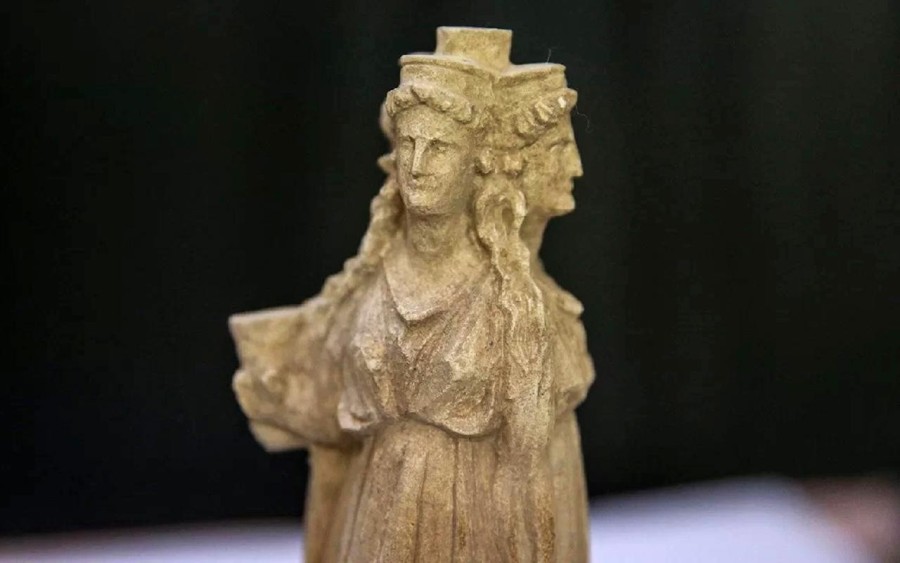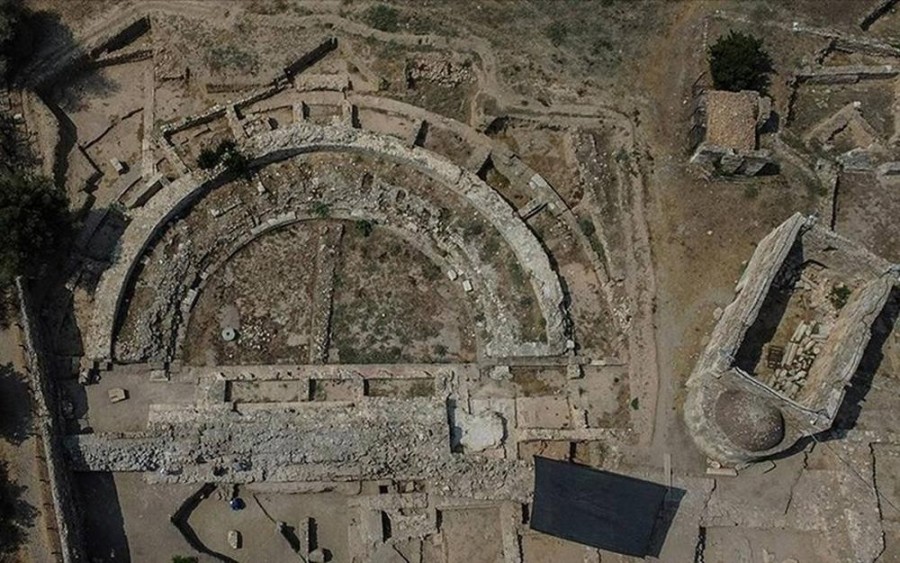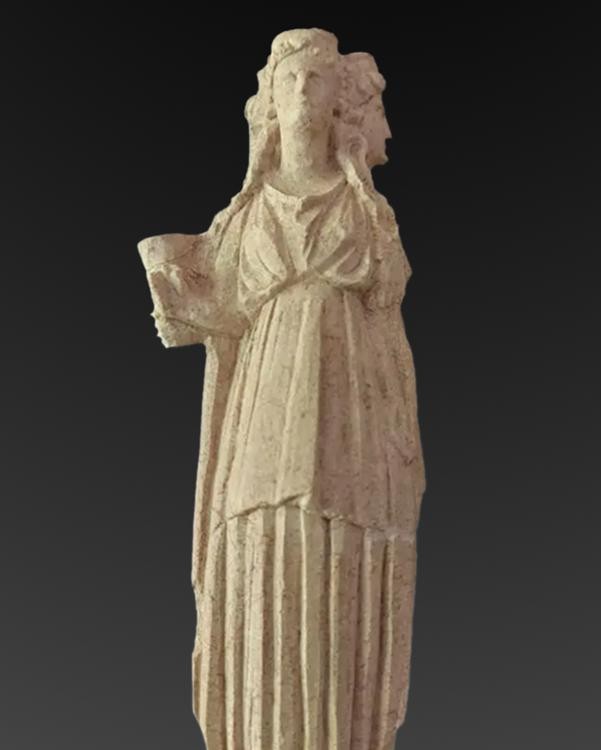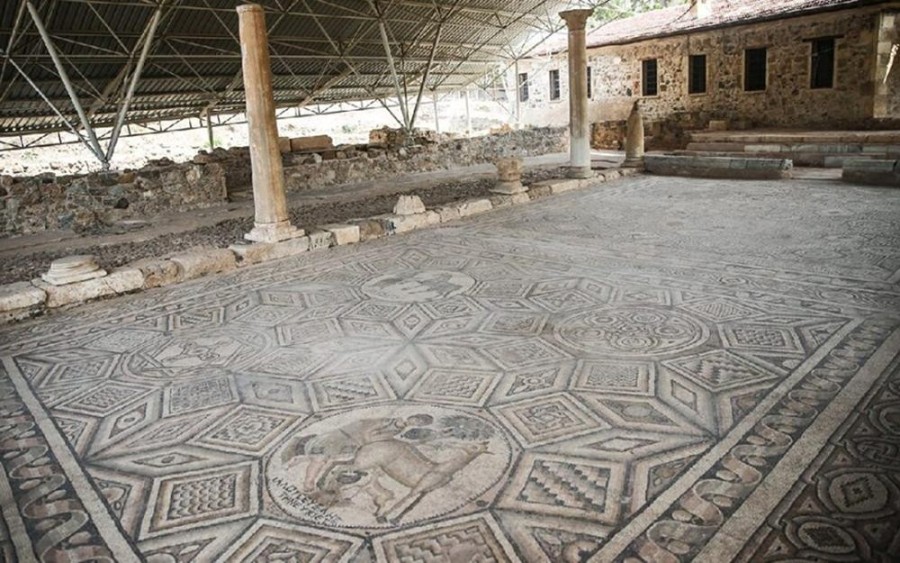Archaeologists from Batman University in Turkey, have uncovered an ancient figurine depicting the Greek goddess Hecate, in the ancient Greek city of Kelenderis, also known as Celenderis.
Located in the present-day town of Aydıncık in Turkey’s Mersin Province, Kelenderis has been the focus of archaeological research for the past 36 years. Over this period, the dedicated team of researchers has unearthed a treasure trove of historical remnants.

Hecate, a deity of profound significance in Greek mythology, is typically represented as a three-headed goddess. Her imagery often includes torches, a key, snakes, or dogs, and in later depictions, she assumes three forms or three bodies.
Hecate’s influence was far-reaching, encompassing domains such as crossroads, entrances, the mysteries of night and light, magic, protection from witchcraft, the Moon, knowledge of herbs and toxic plants, cemeteries, ghosts, necromancy, and sorcery. She held a special place in the beliefs of the witches of Thessaly.

Credit: Mustafa Ünal Uysal / Anadolu Agency
The figurine, estimated to be around 2,300 years old, was found among ceramics from the Hellenistic period. Measuring approximately 20 centimeters in height, the statuette features Hecate with her three distinct heads.

Dr. Mahmut Aydın, the head of the excavation team, emphasized the significance of this discovery, stating, “It is a figurine that is about 20 centimeters tall and has three heads. We know she has a temple in the Ancient City of Lagina in Muğla, and an inscription found there indicates that Kelenderis is among the cities that participate in competitions held every five years in honor of Hecate. Furthermore, Kelenderis is also among the cities that show respect for the sacred area of Hecate and pledge not to attack it.”
“Therefore, the discovery of the Hecate figurine in this excavation site is meaningful. We evaluate that the work is 2300-2400 years old and belongs to the Hellenistic period.”
Hecate’s presence in Kelenderis is a testament to the city’s cultural and religious significance. The association between Kelenderis and Hecate is underscored by the presence of a temple dedicated to the goddess in the nearby Ancient City of Lagina in Muğla.

Credit: Batman University
An inscription found in Lagina indicates that Kelenderis was among the cities that participated in competitions held every five years in honor of Hecate, highlighting the goddess’s revered status in the region.
In ancient Greece, Hecate held a multifaceted role, embodying both benevolent and malevolent aspects. She was revered as a guardian of crossroads and boundaries. Triple-headed or triple-bodied forms of Hecate were used as “hekataia” at entrances and gates, symbolizing her protective presence.
Credit: Mustafa Ünal Uysal / Anadolu Agency
The city of Kelenderis, originally founded during the Phoenician era, evolved into a thriving port and trading center during the 4th and 5th centuries BC. Under the scorching Mediterranean sun, this ancient city has gradually revealed its secrets to archaeologists, yielding insights into its illustrious history.
Among the other notable findings in Kelenderis are the remnants of a Roman bathhouse, an odeon used for musical performances and poetry competitions, as well as churches designed in a basilica style, adorned with intricate mosaics.